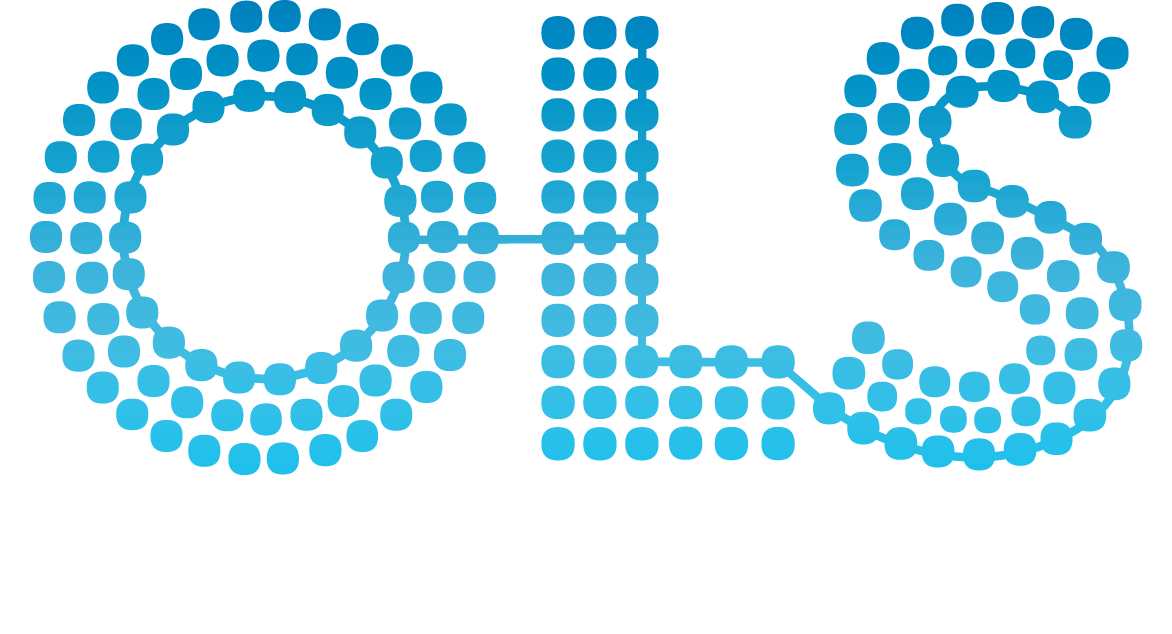A class of large neuroglial (macroglial) cells in the central nervous system - the largest and most numerous neuroglial cells in the brain and spinal cord. Astrocytes (from 'star' cells) are irregularly shaped with many long processes, including those with 'end feet' which form the glial (limiting) membrane and directly and indirectly contribute to the blood-brain barrier. They regulate the extracellular ionic and chemical environment, and 'reactive astrocytes' (along with microglia) respond to injury. [ GOC:dsd MESH:D001253 http://en.wikipedia.org/wiki/Astrocyte http://www.ncbi.nlm.nih.gov/pubmed/12898703 http://www.ncbi.nlm.nih.gov/pubmed/20942978 GOC:tfm http://www.ncbi.nlm.nih.gov/pubmed/12162730 http://www.ncbi.nlm.nih.gov/pubmed/11746784 ]
Synonyms: astrocytic glia
Term information
- CALOHA:TS-0060
- FMA:54537
- BTO:0000099
cellxgene_subset, human_reference_atlas
Astrocytes are reportedly CD68-negative, CD121a-positive, CD184-positive, CD192-positive, CRF-positive, EGFR-positive, GFAP-positive, GLUT1-positive, MBP-negative, and NGFR-positive.

